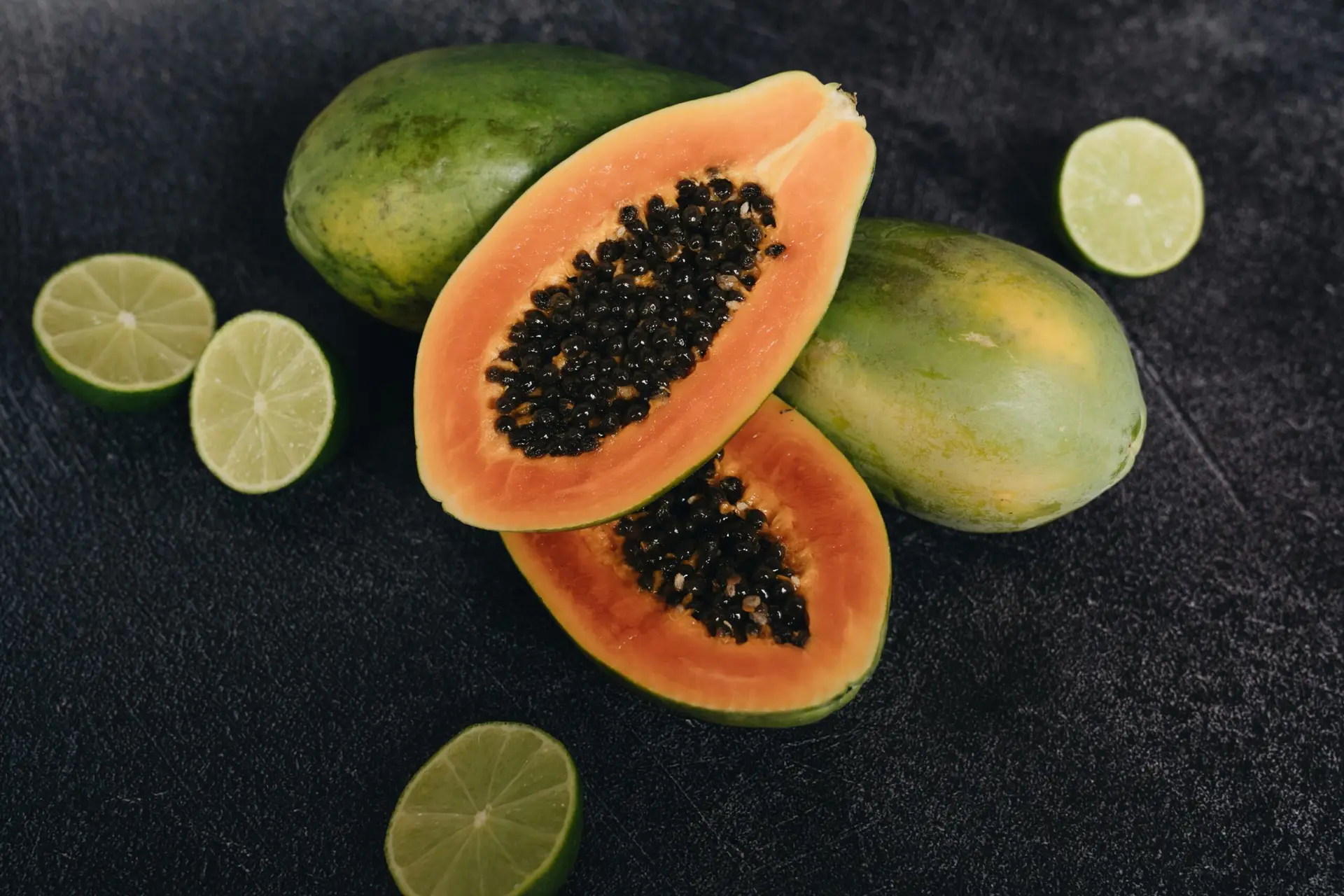If you are preparing for the unexpected, you have to take advantage of this superfood...

What a blessing to be in Florida, where we can grow papayas through most of the state year-round! Though native to Southern Mexico and Central America, papaya is now grown in tropical areas around the world. Papaya growth and development is rapid, with fruit-bearing before the end of the first year. A healthy papaya tree can live for over 20 years!
For the most part, I can’t grow anything… but even I can grow a papaya tree! I have noticed that the majority of our papaya trees succumb to the wind and storms in hurricane season, so now the goal is to keep them shorter and bushier so they can withstand the storms and winds better. This also makes it a lot easier to pick the fruit when it is ready.
While my ultra low carb diet doesn’t allow me to indulge, I still have a deep appreciation for this miracle fruit, because nearly every part of the tree can be eaten! Let’s face it, if the time comes that I’m hungry and beef is not in significant supply, I’m going to be eternally grateful for my easy and fast growing papayas!
Papaya leaves can be sautéed in butter and garlic just like spinach. Green (unripened) papaya is juicy and crunchy with a bland and neutral taste that takes on the flavors of anything you mix with it (think about a green papaya salad with a lime/garlic/cilantro dressing). Papaya seeds have a peppery flavor that makes an amazing salad dressing, and the seeds have also been used for millennia to treat intestinal worms and parasites. And of course, ripe papaya fruit can fill up an empty tummy while providing tons of Vitamin C and Vitamin A.
Be aware, papaya is unfortunately heavily genetically engineered. So if you are buying a small tree to plant in your yard, look for an organic heirloom variety. The seeds are easy to save and freeze to plant more trees in the future. Interestingly, if you have a latex allergy, you might also be allergic to papaya.

